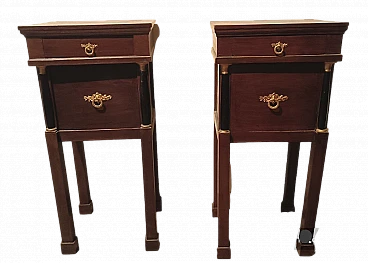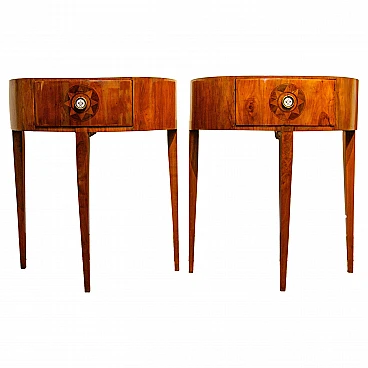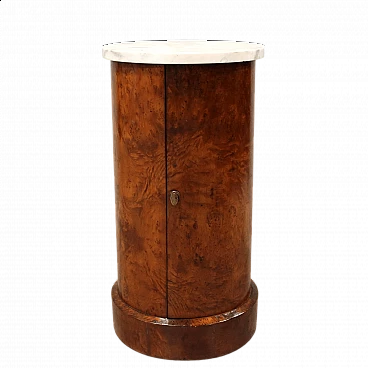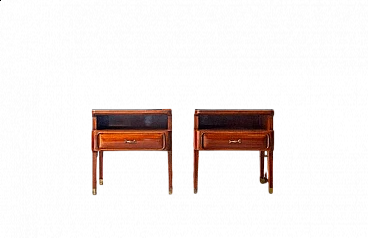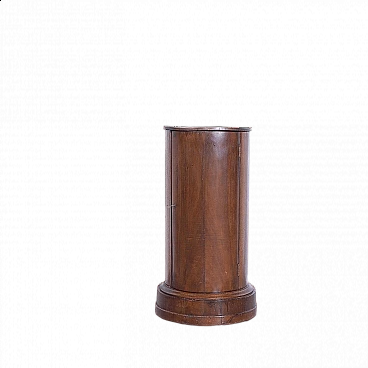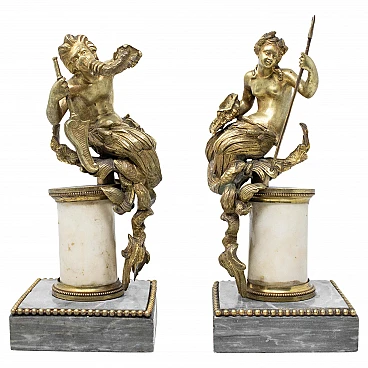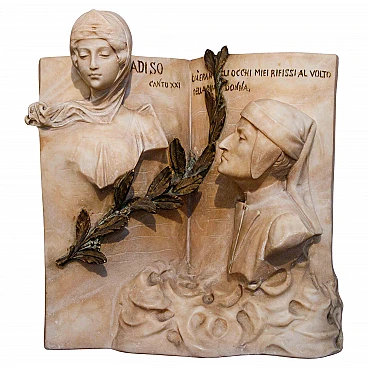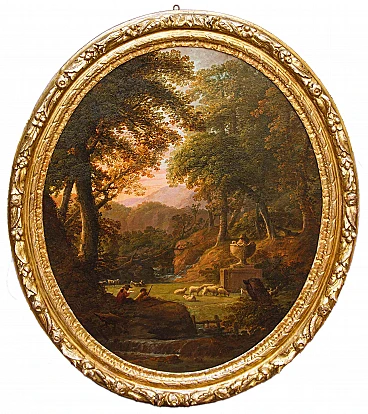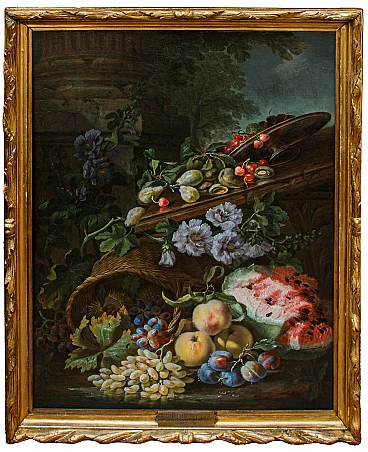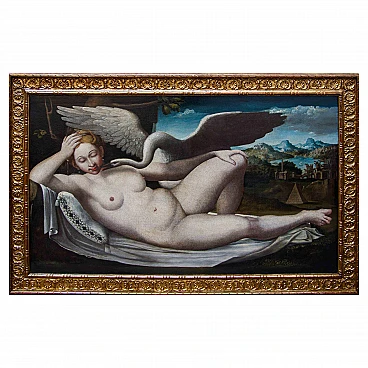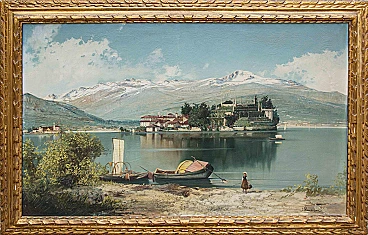Northern Italy, 15th century, eight wooden panels with coats of arms, tempera on board, 15 x 46 cm. Rare series of eight wooden panels decorated with chimeras and coats of arms, referring to the 15th century.
The use of decorating wooden ceilings and furnishings with these tiles was used in the noble houses of the fifteenth century and represented, for the family, a way to enhance and emphasize their social status. The birth and spread of the use of painted tablets in architecture is to be referred to the Middle Ages in Europe and Italy in South Tyrol and Trentino, essentially in castles and stately homes. The ceilings of the large halls were made of wood, made with long beams that ran across them in the direction of the width, fixed in the wall with a load-bearing function and equipped with corbels to unload the weight. Small wooden joists at regular distances between beam and beam, completed the structure of the ceilings, giving rise to square or rectangular geometric squares. The space created by the encounter between the main beam and the joists perpendicular to it, will be exploited to insert the tablets, as a decorative element. In the same way these tiles could be used in the furniture as the main face of drawers for bedside tables and drawers. Painted mostly in tempera with bright colors, the tiles contained various celebratory representations or real life, which today we can read as a true repertoire of elements of civilization. The use spread in northern Italy, especially in Lombardy and Piedmont, from the fourteenth to the fifteenth century, between Gothic and Humanism, when the taste was strongly led to color, extended to paint all the materials and surfaces of the house. The local painting on a tablet, except in rare cases, is essentially like the above mentioned secular character. Some dominant subjects and ideas stand out: family prestige, the family and the ancient and contemporary literary culture.
In the tablets in question appear coats of arms of Piedmontese families united by complicated marriage and political alliances, all linked to the powerful Mantuan family of Gonzaga. From about 1530, the Gonzaga family took possession of the Marquisate of Monferrato, located in Piedmont, and married many local families. In 1627 the Gonzaga branch of Mantua became extinct and the ducal title passed to the French branch of Gonzaga-Nevers. Their rule lasted until 1708. During their long history, the Gonzaga dynasty changed the coat of arms several times. With the seizure of power in 1328, Louis I raised a simple coat of arms with horizontal bands of black and gold, colors that are found several times in the coats of arms here painted with tempera. In the same way they refer to the kinship with the Gonzaga also the silver rampant lion on a blue background with the two doors, taken in several tiles, and the pair of crossed swords.
The object is in good condition.








 SILVER Seller in Milano, Italia
SILVER Seller in Milano, Italia






.png)








